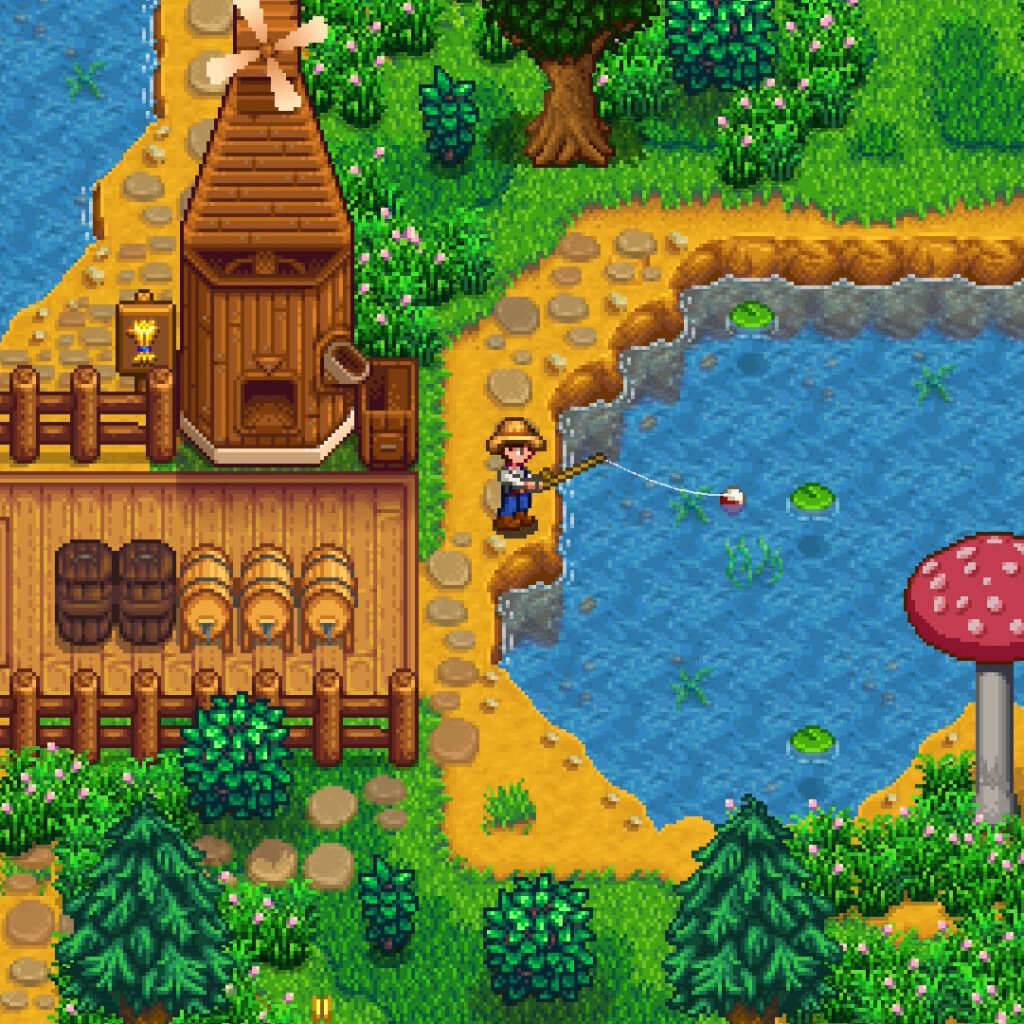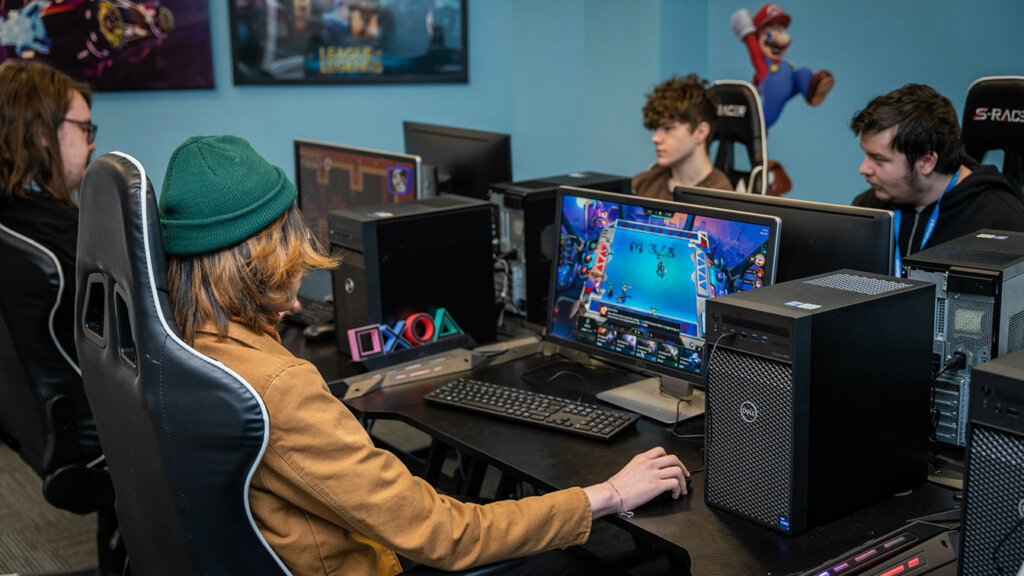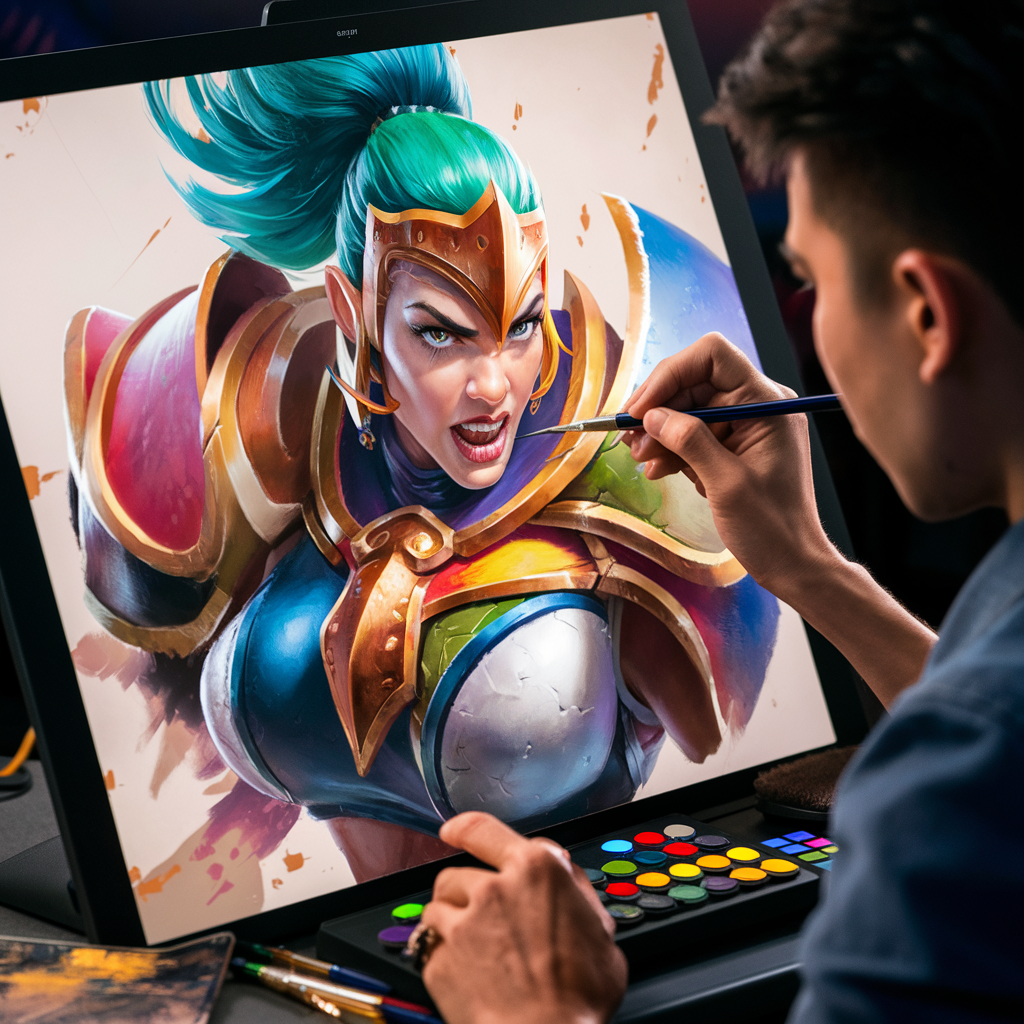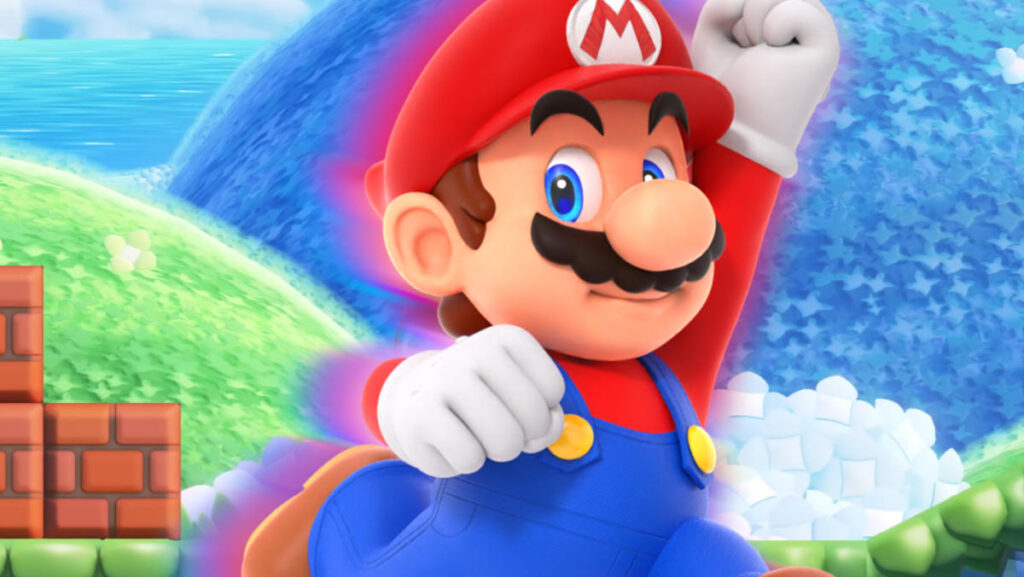After all, what is game development? If you have played a video game and thought, “How did they make this?”, you’re not the only one.
Developing the games we all know and love is a complex and, if we may say it ourselves, fascinating process. It might sound like playtime for adults, but it’s much more than that – it takes a lot of creativity, hard work, and technology to get even the simplest games published.
This article will answer the lingering question of what game development is, as well as describe the three main axes of the game creation process.
Yes, we’ll look at the roles of game designers, artists, and programmers, highlighting how their unique skills come together to create these awesome experiences – so stick with us till the end!
What is game development? Know the three main pillars

Simply put, game development refers to the entire process of creating video games, from its initial conception to its final release and beyond. Think of it as a complex pipeline: ideas, concepts, code, artwork, and marketing campaigns go in one end, and a fully playable game emerges from the other, ready to be enjoyed by billions worldwide.
Unlike Terraria and Stardew Valley, it’s not usually a solo endeavor, though. Game development requires a diverse group of talented individuals, each with unique skills and expertise to call their own.
It’s not a linear process either. Game development is iterative, meaning there’s a lot of back-and-forth, testing, and refining along the way. Creators try new things, experiment with different mechanics, and constantly iterate on their designs based on feedback and testing.
It’s a process of continuous improvement, ensuring the final product is as polished and enjoyable as possible.
With that out of the way, let’s take a look at the three big niches within game development!
Game design: architecting the game’s fun factors

Our first stop is at game design, the foundation upon which the entire game is built. It’s the process of creating gameplay mechanics that feel amazing, narratives that resonate with the players, and ensure a smooth and enjoyable player experience. It’s about transforming raw ideas into fully realized experiences that will entertain players!
Professionals in this department imagine the world, its characters, and the rules governing how players may interact with it. They think about the challenges players will face, the rewards they’ll earn, and the emotions felt along the way.
They also consider how the game should look, sound, and feel, and how everything comes together to create a cohesive experience.
Think about a game like Super Mario Bros. The simple yet addictive gameplay, the colorful and iconic world, and the memorable characters were carefully planned by game designers. Every detail contributes to the overall game enjoyment – even the jumps and strategic placement of enemies and pipes!
Ok, to sum it up, game design involves several key aspects, including:
- Balancing and game mechanics: the rules and systems that govern gameplay, like shooting, collecting items, and progression systems. Similarly, there’s the core gameplay loop, the cycle of actions players will repeatedly perform throughout the game;
- Level design: creating engaging and challenging environments for players to explore;
- Narrative and storytelling: the characters that draw players into the game’s world and the story that players will care about and want to see through to the end;
- User experience (UX): has a laser focus on ensuring smooth and enjoyable player experiences. It’s about ensuring the game is easy to learn, free of frustrating bugs, and intuitive to play.
These professionals use various tools and technologies to bring their ideas to life. They create game design documents (GDDs) to outline the game’s mechanics, story, and overall vision. They use game engines (like Unity and Godot) for quick prototypes (early versions of the game), letting them test and refine their ideas. And there’s Figma for user interfaces and menus.
Game art and asset creation: putting art into art

If game design is the blueprint, then game art refers to the paint and sounds that bring the virtual world to life. It’s the visual language of the game, which shapes the player’s experience and immerses them in worlds of wonder.
From the characters you control to the environment you explore, it’s this area of game development that is responsible for creating the visuals that draw players into the game’s universe.
Think about the jaw-dropping environments of Horizon Zero Dawn, the bustling streets of Cyberpunk 2077, or the whimsical landscapes of Super Mario Odyssey. These breathtaking visuals are the result of countless hours of work by talented game artists!
Like game design, it also has multiple niches:
- Concept art: creating visual representations of ideas and concepts before they’re fully realized in the game;
- 2D art: creating two-dimensional assets like character sprites, background images, and UI elements. Retro/pixel art games Hollow Knight and Terraria are usually built entirely on 2D game assets;
- 3D art: the three-dimensional counterpart of the above is related to character models, environments, and objects (props). 3D art can be subdivided further into even smaller niches as our other article explains;
- Sound design and foley: they’re responsible for creating and manipulating the audio elements bringing the game world to life, such as creaking doors and brandishing swords;
- Composing: be honest, can you imagine a game like Skyrim or Minecraft without its iconic soundtrack? That’s what composers do!
Game artists use a variety of tools and technologies to create these assets. They utilize digital painting software like Photoshop and Krita to create 2D art, 3D modeling software like Blender (free) and Maya or 3ds Max (paid) to create and animate 3D models, and digital audio workstations (DAWs) for sound design and compositions.
They also work closely with game designers and programmers to ensure that the art assets seamlessly integrate into the game’s engine and enhance the overall player experience.
Game programming: packaging everything through code

Game programming is where the magic truly happens – it’s the process of writing the code that brings the game to life, transforming the ideas of designers and the assets of artists into a playable and interactive experience.
If game design is the blueprint and art is the paint, then game programming is the electricity powering the entire system.
Think about the systems in games like The Legend of Zelda: Breath of the Wild. Its physics engine allows you to climb mountains, its AI scripts control enemies’ behavior, and countless lines of code control everything else.
We can subdivide game programming into several niches, too:
- Gameplay programming: uses game engines to implement the core gameplay mechanics, such as character movement, combat and progression systems, and interactions with the game world;
- Engine programming: some developers (and many AAA studios like Nintendo) opt to build their own game engine, usually striving to avoid royalty fees and the ability to finetune engine parameters for better performance;
- AI programming: creating intelligent and responsive NPCs and enemies, enhancing the player’s experience;
- Testing and bug fixing: identifying and resolving issues in the code to ensure stable and hassle-free gameplay;
- Graphics programming: all about optimizing the game’s visuals while maintaining good performance;
- Server, network, and database management: essential for multiplayer games, these programmers ensure all player data is stored safely and that online interactions and lag-free.
Game programmers have many programming languages at their disposal, with the most common being C++, C#, and Java. Sometimes, they may employ Python and Lua for simple game scripts.
Also, these professionals work closely with designers and artists to ensure their work seamlessly integrates with the vision detailed in the GDD.
Now you know what game development is!

All in all, complex as it might be, game development is a cool process, isn’t it?
It takes lots of different people working together to make it happen. From the first idea to the finished game, it’s all about teamwork, creativity, and problem-solving. We hope this article helped you understand what goes into making the games you love.
If you want to make your own game or you’re looking for game development-related outsourcing services, we at Main Leaf can help! We’re a massive team of varied and experienced game developers able to tackle anything from mobile to blockchain-based game development.
Contact us today and let’s work together to make your masterpiece a reality!

